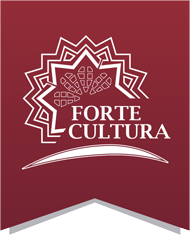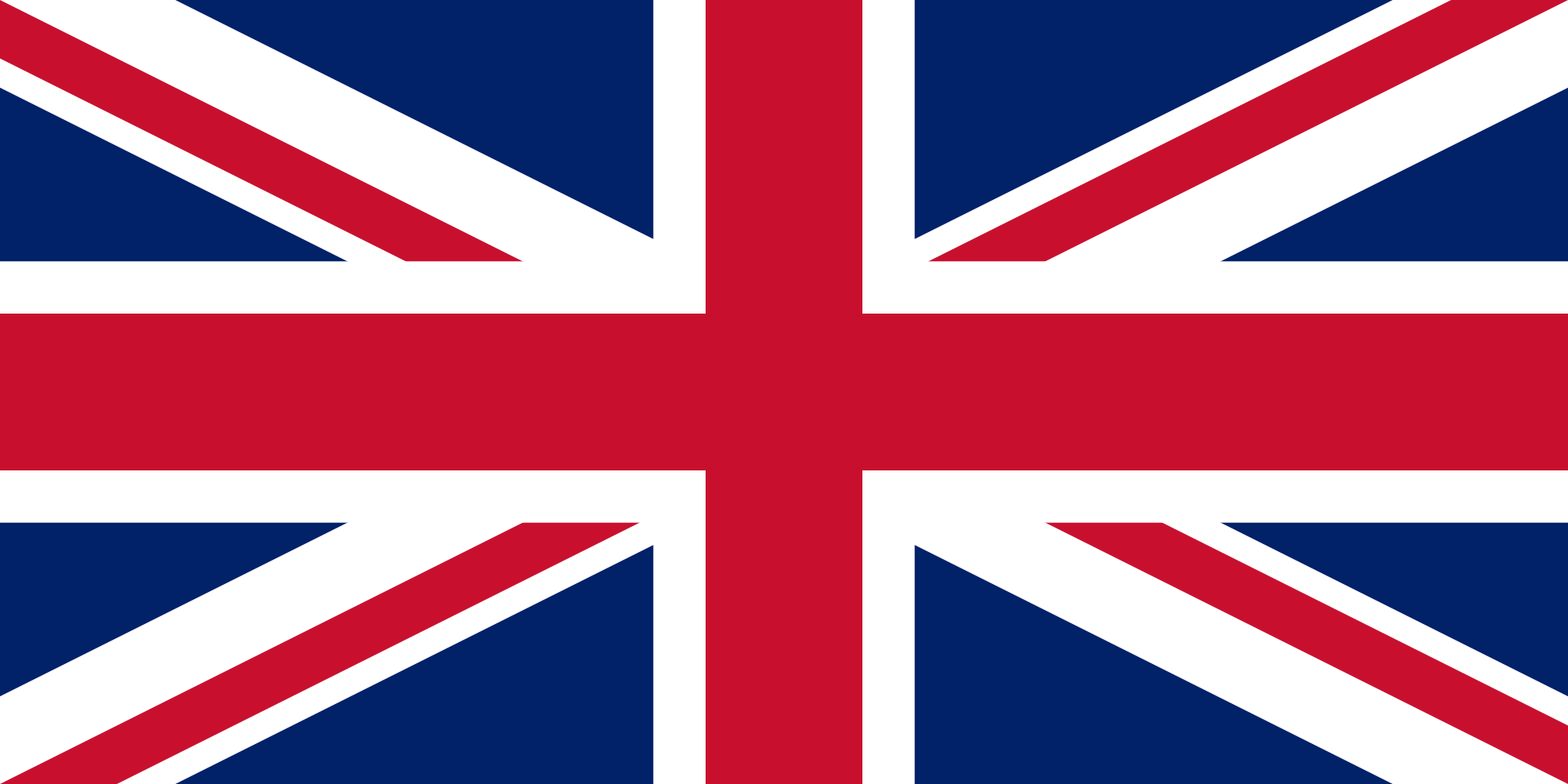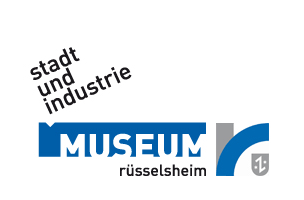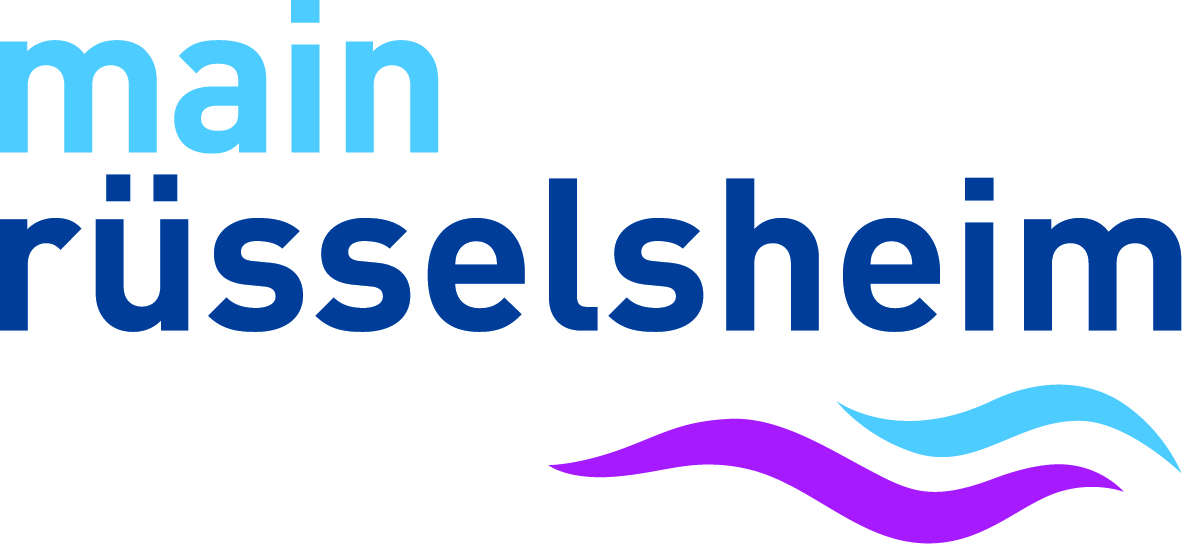Contact
Rüsselsheim Fortress
Hauptmann-Scheuermann-Weg 4 ( In the Fortress)
Phone: +49-(0)6142 83-2950
museum@ruesselsheim.de
Website
The exciting history of the fortress Rüsselsheim begins in 1399, when the Counts of Katzenelnbogen wanted to consolidate their position on both sides of the Lower Main by building a castle. Later, the Landgraves of Hesse came into the possession of Rüsselsheim and built a four-winged fortress around the former castle with ramparts, ditches and roundels. Landgrave Philip I of Hesse , known as the Magnanimous, had his army coordinated from this. The Swedes used Rüsselsheim in the Thirty Years' War as a base for their action against the fortress of Mainz. In 1689, the French ended the military career of the fortress of Rüsselsheim when they blew up parts of the complex when they left. Rüsselsheim City and Industrial Museum , celebrate in the historic ambience of the fortress cellar and listen to concerts or strengthen themselves in the "Café in the Fortress" . The City Archiv Rüsselsheim and the Heimatverein Rüsselsheim have also found their place in the fortress. Opel villas ,named after theindustrialist family, as a symbol of a dynasty of industrial culture that has had a decisive influence on the city and region with its work. With the two high bunkers from the time of the Second World War on the factory premises of Adam Opel AG , further exciting traces of the "architectura militaris" can be found in the city of Rüsselsheim.
FORTE CULTURA® Travel Recommendations
Experience World
Fortress with City and Industrial Museum Rüsselsheim
The four-winged building ensemble of the early modern fortress complex now holds the historical memory of Rüsselsheim. The Rüsselsheim City and Industrial Museum, which was awarded the Museum Prize of the Council of Europe in 1979, follows in its conception the connection between technical and social history.
Main gate with guardroom, gate tower and round bastion (Schlossrondell)
Great Fortress Courtyard (Großer Festungshof)
The four-winged building complex forms the Great Fortress Courtyard in its centre. The pavement of the fortress courtyard today reveals the location and floor plan of the medieval castle of the Counts of Katzenelnbogen, which formed the historical core of the later fortress Rüsselsheim. Today, the fortress courtyard offers space for cultural events or the popular artisan market, which takes place annually on the first advent weekend. "Café in the Fortress" also offers its guests cosy outdoor places as well as breakfast buffets and a weekly changing lunch table.
Well chamber (Brunnenstube)
Below the casemate at the western bastion is the Brunnenstube in the inner defensive moat. The room has been extensively restored and shows a small exhibition of archaeological finds from the moat. The original function of this part of the fortress still puzzles the researchers to this day. The Brunnenstube can be visited as part of a guided tour of the fortress.
West rondel (Westrondel) with viewing platform
From 1507, the Hessian Landgraves equipped the earthen ramparts of the fortress with defensive, two-storey roundels. From an observation deck, visitors can enjoy a wonderful view over the apron of the complex and the Main river to the heights of the Taunus. From the walk-in wall you also get a good overview of the entire fortress.
East rondel (Ostrondel)
The Ostrondell, also known as the Haßloch Rondell, was originally one of 5 shelters. During the Thirty Years' War, these turrets were also used to house the soldiers, including their wives and children. Guided tours organized by the museum give you a vivid impression of the conditions in the fortress barracks and bastions. The Ostrondell can also be visited outside the museum's opening hours
Fortress cellar (Festungskeller)
As an event location, the two vaulted cellars of the Rüsselsheim Fortress lend an extraordinary setting in a historic ambience to events and celebrations. Variety of adventure-gastronomic offers such as crime dinners, themed breakfasts as well as concerts enrich the Rüsselsheim cultural life. The small fortress cellar with its natural stone walls offers a rustic setting. The bright cross vaults of the large fortress cellar offer space for large companies. The "Café in the Fortress" on the ground floor of the Fortress Museum and in the Fortress Courtyard offers delicious breakfasts, coffee and delicious cakes or a nice glass of wine.
High bunker (Luftschutzbunker-Hochbunker LSB 1400)
Tour Offers and Information
Fortress for young and old
Bulwark of the Landgraves - Fortress tour The fortress in torchlight - atmospheric night tours through the fortress Rüsselsheim (fixed dates or individually bookable) Fortress Rally - Knights, puzzles and ruins - A fortress adventure of the city and industrial museum for children (primary school students)
Guided museum tours with different focuses
Museum tours - diverse themes and offers Rüsselsheim - Everything you need to know - Museum tour 100,000 years in time-lapse
Rüsselsheim - City Museum inclusive – Offers for people with disabilities
Learning and experiencing with all senses - multi-sensual and multi-stage guided tours for exhibition and fortress - offer for support schools, inclusive primary school classes and other groups In the footsteps of the lansquenet - Museum tours for the blind and people with visual impairment - Multi-sensual guided tour in the fortress for the blind and visually impaired From work benches, steam engines and chicory coffee - Museum tours for the blind and people with visual impairment
Offers for children and adolescents / schools
Fortress Rally - Knights, Puzzles and Ruins - A Fortress Adventure of the City and Industrial Museum for Children (Primary School Students) with additional material Study days (for upper secondary school students) Industrialization/ Globalization/ Jewish Life in Rüsselsheim
Map
Monument and History
History The exciting history of the fortress Rüsselsheim has its origins in the "festesHaus" of the Counts of Katzenelnbogen, who first mentioned in 1399, who wanted to consolidate their position on both sides of the Lower Main. The floor plan of the more than 600-year-old medieval castle of the counts can be found today by attentive visitors in the pavement of the fortress courtyard. The Landgraves of Hesse came into the possession of Rüsselsheim in 1479 through an inheritance of the count's family, which has since become extinct in the male line of the count line. From that time on, they built a four-winged fortress around the former castle with ramparts, ditches and from 1507 with five roundels, which was completed around 1540.
Quelle: ©Stadt- und Industriemuseum Rüsselsheim
Zug der Landsknechte, Detail (Ölgemälde 1928, Hans Waldhausen)
28_©Stadt- und Industriemuseum.jpg
Quelle: © Wikipedia Commons
Architecture The floor plan of the more than 600-year-old medieval castle of the Counts of Katzenelnbogen is recognizable in the pavement of the fortress courtyard today. The permanent exhibition of the museum located in the fortress gives an insight into the various development and construction phases of the complex with a multimedia fortress model. The four-winged fortress with ramparts, inner and outer moat had a total of five roundels from 1507. The Schloss-Rondell is bordered by the main gate with kennel. The four corners of the fortification were given two-storey turrets, in which the fortress crew had to live in some of them.
Quelle: ©Stadtarchiv Rüsselsheim Quelle: ©Udo Koranzki Stadt- und Industriemuseum Rüsselsheim Quelle: ©Frank Möllenberg Stadt- und Industriemuseum Rüsselsheim Quelle: © Udo Koranzki
Nature Experience The Main Foreland, in which the fortress Rüsselsheim is located, is increasingly developing into an important recreation area with parkland and games and sports facilities. Not far from the fortress is the Verna Park (City Park), a gem, designed as a romantic garden in the style of English landscaped gardens. Many botanical features, exotics, a bird aviary, a small artificial mill, artificial castle ruins, a pond, rest and play areas make the parkt a popular recreation area in the city.
Quelle: ©Frank Hüter / Stadt Rüsselsheim Quelle: ©Frank Hüter / Stadt- und Industriemuseum Rüsselsheim
Partner







